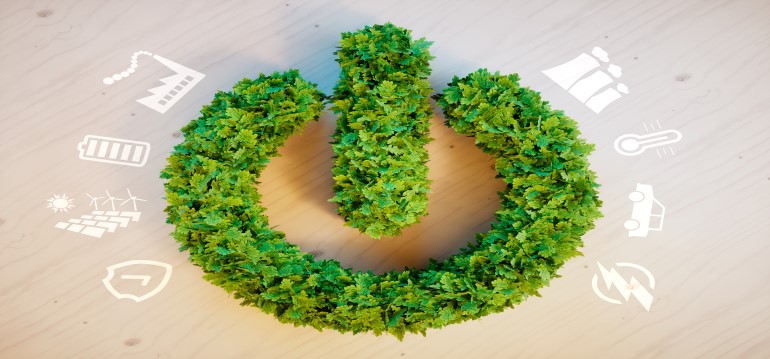The cost of living across the world is rising and it looks set to increase further as we head towards a global recession. In 37 of 44 countries studied by the Pew Research Center (making use of data from the OECD), the average annual inflation rate in the first quarter of 2022 was at least twice what it was in the first quarter of 2020. In 16 countries, first-quarter inflation was more than four times the level of two years prior.
As a result of these rampant price rises, more people than ever are looking at ways they can save the pennies and be more cost efficient. When we combine this financial prudence with the greater environmental consciousness we are seeing from consumers today, it is not surprising that behaviours around purchasing and owning electronic devices are changing. People increasingly want a device that is durable and long-lasting: both because it is more cost-effective but also because it is more sustainable.
Manufacturers therefore need to be cogniscent of these trends; look at the components of devices and re-evaluate how they can prevent electronic damage and increase product life-cycle to the benefit of their consumer customers and themselves.
Protecting all the constituent parts – waterproof, sustainable electronics
To do that, of course, they will need to sustainably protect devices and materials and given the ever-present risk of corrosion damage, liquid protection is critical to this.
Traditional conformal coatings are simply not sufficient to reduce repairs, carbon footprint and costly device failure. Liquid-based conformal coats protect only certain components, however, do not protect the full board inside the device. This can mean the end for devices that are susceptible to water ingress such as those with multiple moving parts or are open in design. Components that protect the insides of devices such as O-rings and gaskets fall short of resilience as they can be easily dislodged, allowing liquid to seep in and causing irreversible water damage.
Ultra-thin plasma conformal coatings delivering a robust conformal coating will increase product lifecycles and eliminate scrap on the assembly line when the product is being made because they can form a reworkable protective layer.
Consequently, manufacturers won’t need to landfill waste products because the process instead enables them to rework products and replace components. As a result, with product lifecycles increasing, return rates will fall away. When products do get returned when customers have finished using them, there is the potential to then re-use them by simply re-using or recycling the key components and feeding them back into the supply chain.
There are also commercial benefits for the device manufacturer from all this. They get a great return on investment for the extra cost of the nanocoating versus the cost of the logistics of the returns and repairs on their devices.
Yet, as we look to the future, there is no sign of the current economic crosswinds abating anytime soon. In this environment, it is even more important than ever that the customer is king. The good news is that electronic device manufacturers can put consumers first, while also forwarding their own interests. As always, protecting core components from liquid damage by offering the right kind of protection will be key in making this happen.
See how P2i’s unique technology benefits the electronics sector by reading our dedicated page.

